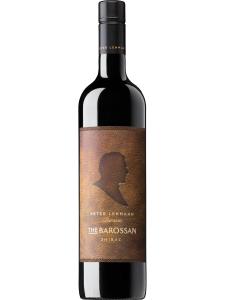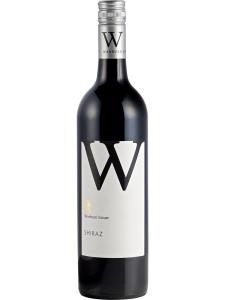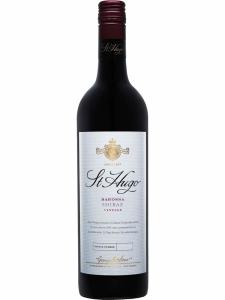Barossa is one of the six wine-producing zones of South Australia. It is divided into two sections: the Barossa Valley, and the Eden Valley, both of which have their own separate Geographical Indication (GI). Grapegrowing conditions vary immensely across the wider Barossa zone and this is reflected in the markedly different wine styles produced here.
©Jonathan Reeve
The Barossa zone lies northeast of Adelaide Hills and is a compact geographical unit with a variable landscape of gently elevated terrain and flat valley floors. The overall climate is hard to categorize as conditions vary – not only due to the elevation but also because of the inland locations and the coastal influence. The valley floors are very hot during summer, with temperatures often exceeding 95F (35C). This, along with scant rainfall and limited natural water in the soil, makes irrigation essential. On the other hand, the higher areas are cool with distinctly high diurnal temperature variation, which helps to bring out the best from the aromatic varieties as well as assisting a high degree of phenolic ripeness in the grapes.
Shiraz and Riesling are the most notable grape varieties in the Barossa zone. Barossa Shiraz has traditionally been made in an intense, powerful, expression, and is arguably Australia's most famous wine style. Other very high-quality Barossa wines are produced from Cabernet Sauvignon, Merlot, Chardonnay, Semillon and Viognier. Additionally, GSM-style blends have earned high acclaim, as Grenache and Mourvedre (also known as Mataro in the region) perform extremely well in Barossa's warm and dry climate. Recenlty the zone has also been a hotbed of experimentation, with new vine varieties such as Tempranillo and Zinfandel making their mark on local and international markets.
Enjoy this stunning video all about Barossa:




